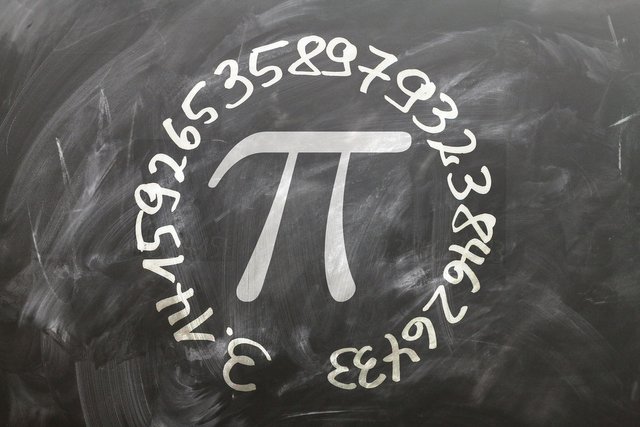The number Pi (π )

Pixabay.com
Today is celebrated as Pi day in the world of mathematics. This date was chosen from the first three digits of this amazing irrational number which is 3.14. It's been a pretty busy day for me but I just couldn't help but take out time even in the die minutes to celebrate a constant that has played a part in human existence for decades.
Today makes the 30th anniversary of the Pi day celeberation which began on this day in 1988 and was organized by a Physicist named Larry Shaw. As we mark this celebration today, I will be sharing some amazing facts about the number Pi (π ).
What is Pi (π )
Pi can be defined as the ratio of a circles circumference to it's diameter.
History of Pi
Ancients civilizations such as the Egyptian and Babylonian civilizations attempted to calculate the value of Pi, but the first man attributed to calculation the value of Pi as 3.14 was Archimedes around 300BC. Zu Chongzhi is credited for finding the value of Pi to 6 decimal places around 500BC. The world of mathematics adopted π as the symbol of this constant in the 18th century and it was first used by Welsh mathematics teacher William Jones in 1706.
Nature of Pi
- Pi is a constant, which means it is the same no matter the size of the circle.
- Pi is an irrational number which can be interpreted as having an infinite number of digits that don't repeat.
Applications of Pi
The number Pi is essential to calculating the area, volume and circumference of circles, cones, cylinders and spheres.
outside of geometry and trigonometry, Pi has applications in the areas of electricity, statistics, medicine, biochemistry, aviation etc.
Conclusion
I hope you learnt a thing or two about this amazing constant on its 30th anniversary and that we can make a Pie on this day next year. Lol!!!